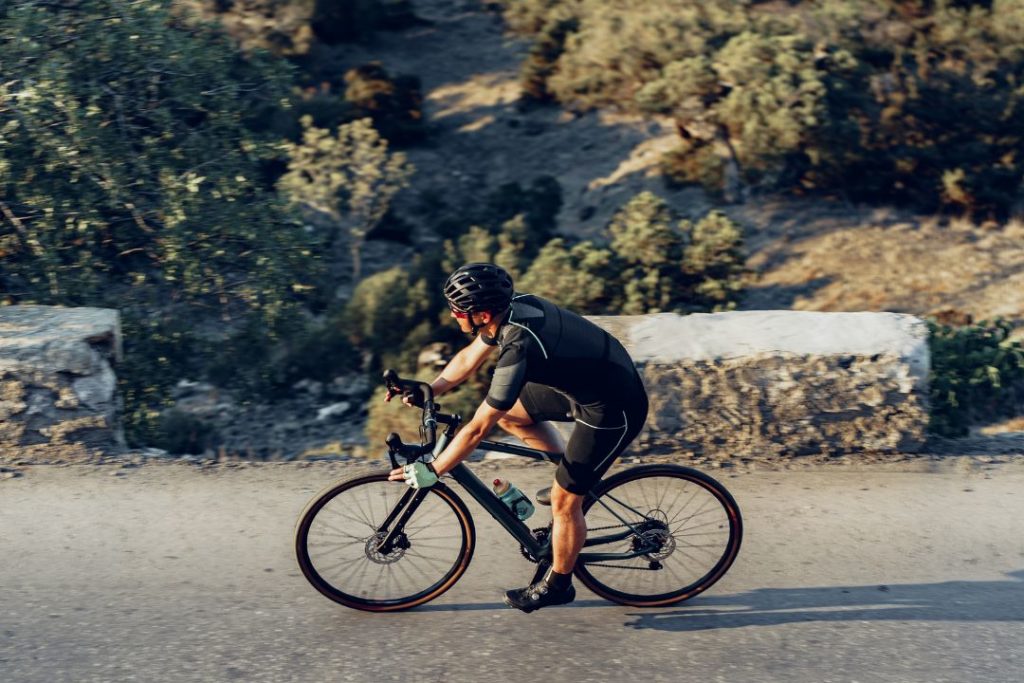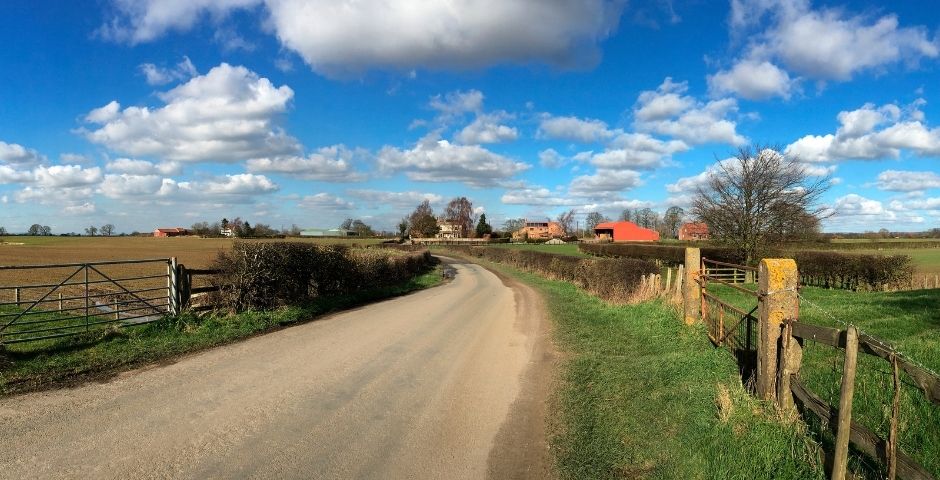For every cyclist, be they amateur or professional, the word cadence resonates with importance. It refers to the speed at which a cyclist pedals, measured in revolutions per minute (rpm). In the realm of cycling, achieving the ideal cadence is like finding the Holy Grail of efficiency and comfort. It is not simply a random number; it is the rhythm that allows each cyclist to maximise their performance while remaining in harmony with their body and bicycle.
Cadence, expressed in rpm, is the number of complete pedal strokes per leg in one minute. A high cadence means pedalling light and fast, while a low cadence implies greater resistance and fewer revolutions. Finding that optimal middle ground is essential for effective riding without wasting energy.
The importance of proper cadence
Why is knowing the proper cadence so crucial? Simply put, pedalling with the correct cadence helps to avoid premature fatigue, improve neuromuscular coordination, optimise power, and above all, preserve the health of our joints.
If the cadence is too low, the muscles are unnecessarily burdened, which can lead to long-term injuries. Conversely, an excessively high cadence may not be energy efficient and can also be counterproductive.
Factors influencing the perfect cadence
Choosing the ideal cadence is not a one-size-fits-all matter. It depends on several factors, including the cyclist’s physical condition, the geometry of the bicycle, the type of terrain, and environmental conditions. Pedalling in a time trial is not the same as climbing a mountain pass. Moreover, each cyclist has a predominant type of muscle fibre that will influence their ability to maintain different cadences.
A well-adjusted cadence can make a difference on a bike ride. It allows cyclists to maintain a constant effort, reduce stress on legs and knees, and increase pedalling efficiency. In the long run, this translates into better performance and a lower risk of injuries.
To improve, we must first know our starting point. Assessing the current cadence is simple: with a simulator or a sports watch with a cadence sensor, an accurate reading can be obtained. However, it is not just about numbers; one must pay attention to how the body feels at different pedalling rhythms.

Methods to determine the ideal cadence
There is no magic formula for determining the perfect cadence, but there are methods that can guide us. One of them is to perform effort tests at different cadences and measure which one allows for higher performance with less perceived effort. Also, modern cycling simulators can recreate specific conditions so that each cyclist can experience and adjust their cadence in a controlled environment.
As we familiarise ourselves with different cadences, our body adapts. Over time, what once was our ideal cadence may no longer feel comfortable or efficient. Listening to the body and being willing to make personal adjustments is key.
Specific training to improve cadence
Targeted training is essential for improving cadence. This includes high-cadence intervals, strength exercises, and specific pedalling technique sessions. With a structured and consistent approach, a cyclist’s natural cadence can be safely and effectively increased.
A cadence that is not suitable for our body and our pedalling style is a waste of energy. For instance, too high a cadence can lead to higher oxygen consumption without necessarily translating into more speed. Finding the sweet spot is fundamental to being energetically efficient.
The terrain greatly dictates cadence. Maintaining a stable cadence on a flat road is not the same as continuously adjusting it on a route with hills or mountains. Versatility in cadence is a skill that cyclists develop with experience and practice.
What are the professionals’ recommendations?
Professional cyclists often have years of experience and data that back up their cadence choices. Although each cyclist is unique, listening to professionals’ recommendations can provide a valuable perspective that we can adapt to our personal situation.
With the evolution of technology in cycling, we now have access to advanced tools that allow real-time cadence monitoring. These devices can help us stay within our optimal cadence zone and make adjustments on the fly.
Observing case studies and scientific analyses of cadence provides insights into how other cyclists have found their ideal rhythm. Although each cyclist is different, understanding the strategies and outcomes of others can inspire and guide our own search.
At the end of the day, the ideal cadence is personal and dynamic. There is no magic number that works for everyone, but there are principles and methods that each of us can apply. The key is in guided experimentation, adaptability, and intelligent use of technology to find that rhythm that resonates with our physiology and goals in cycling. With patience and practice, the ideal cadence is not just a concept but an experience that elevates our love for cycling to new heights. One of the tools for improving cadence is the BKOOL simulator.
BKOOL is the most complete cycling simulator on the market. Try it for FREE for 30 days!
 Go to BKOOL
Go to BKOOL





